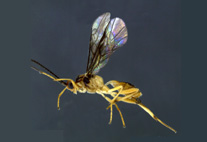Abstract
Five new species of recently extinct rails from two Macaronesian archipelagoes (Madeira and Azores) are described. All the species are smaller in size than their presumed ancestor, the European rail Rallus aquaticus. Two species inhabited the Madeira archipelago: (1) Rallus lowei n. sp., the stouter of the species described herein, was a flightless rail with a robust tarsometatarsus and reduced wings that lived on Madeira Island; (2) Rallus adolfocaesaris n. sp., a flightless and more gracile species than its Madeiran counterpart, inhabited Porto Santo. So far, six Azorean islands have been paleontologically explored, and the remains of fossil rails have been found on all of them. Here we formally describe the best-preserved remains from three islands (Pico, São Miguel and São Jorge): (1) Rallus montivagorum n. sp., a rail smaller than R. aquaticus with a somewhat reduced flying capability, inhabited Pico; (2) Rallus carvaoensis n. sp., a small flightless rail with short and stout legs and a bill apparently more curved than in R. aquaticus, was restricted to São Miguel; (3) Rallus minutus n. sp., a very small (approaching Atlantisia rogersi in size) flightless rail with a shortened robust tarsometatarsus, lived in São Jorge. We note also the presence of rail fossils on three other Azorean islands (Terceira, Graciosa and Santa Maria). In addition, we describe an extraordinarily complete fossil of an unnamed Rallus preserved in silica from the locality of Algar do Carvão on Terceira.

